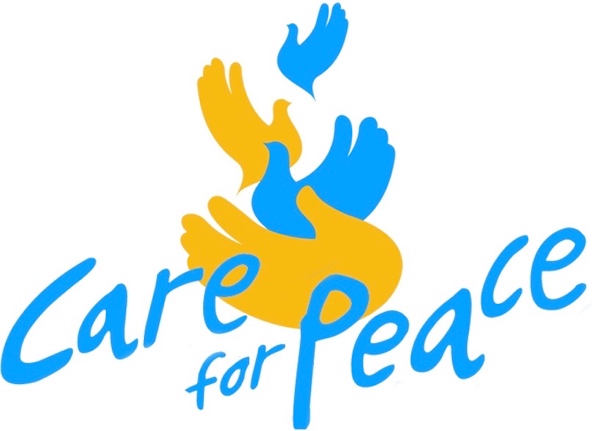The highest levels of the US Government and international experts address the coronavirus epidemic that is already creeping into Marin.
Marin has an unprecedented opportunity to show the rest of the country how to get started with a community-based approach to disaster preparedness and response that would not only serve our current needs, but would establish working communication and activation mechanisms that could be used for other situations in the future.
The federal approach just might work, but isn’t there something we can do at the Marin community, neighborhood level to help each other during this global crisis?
I think there is definitely something we can do, and we wouldn’t need to re-invent the wheel.
For example, knowing that “The Big One” earthquake was imminent, several homeowners living along the Hayward Fault in the Berkeley Hills established a shining example of a well-defined Disaster Preparedness and Response System (DPRS).
Homeowners convened a “neighborhood cluster” of individuals and families to define and refine a DPRS plan, and then disseminate communications to all members.
If an earthquake hits, the Hayward neighborhood cluster is prepared.
Background: I am a 43-year veteran, patient-focused healthcare management and facility planning and design specialist.
I am well versed in the process called “failure avoidance” that I have used when planning a new healthcare facility in the USA, or recently in a “deep rural” village in Myanmar where our nonprofit organization built a prototype, tele-connected Community Development and Health Center.
Also, following the Katrina hurricane devastation of New Orleans, I presented “The Graded Approach to Disaster Management” at a healthcare symposium.
Marin needs both failure avoidance and a graded approach to the emerging CVE (a.k.a. Coronavirus Epidemic.)
The graded approach to disaster management is a process that establishes worst case scenarios of any imaginable, predictable or probable calamity that may befall a given community, and then proceeds to plan, design and build educational, preventive and responsive systems accordingly.
However, the onslaught of CVE is unlike a hurricane that can be visibly seen before its arrival, nor is it like “The Big One” earthquake where long-range building, infrastructure and communication systems have already been established.
Marin has very little time to establish a Disaster Preparedness and Response System, and the time we do have must be just short of doing what we would do if CVE had already struck close to home…but then it already has.
While it is apparent that CVE is being addressed at all levels of government, I suggest rapid deployment of a graded approach to this deadly killer.
Before the approach begins, we need to accept the fact that all the Federal, State and even regional decrees and support will not take the place of community consciousness, organization and management, but we would need to ensure communication, scheduling and logistics connections at the onset of the community-based process.
While the CVE disaster itself is different, the Hayward Fault preparation process is one of many that exist to guide our way.
Marin should initially identify small-to-medium “neighborhood clusters” that exist within a natural geographic proximity, and would organize and implement preparatory programs with the assistance of Marin’s government, healthcare and security agencies.
For example, my wife and I live in what NextDoor.com calls “Marin Highlands”, an area including 11,000 neighbors; this large grouping would need to be segmented into several smaller manageable clusters for development into do-able, Hayward Fault-style communication and disaster management hubs.
The charge within each cluster would be to become educated on everything that has to do with the virus, how it begins, how to prevent its spread, where global, national and regional breakouts have occurred and are occurring, how to assist a family member or cluster member who may have come in contact with a “carrier” of the virus, how to communicate current status, and then what to do within the community to avoid the spread while an infected member is treated outside the cluster.
While the initial “grade” in disaster management is to develop the clusters, the second and third grades, namely suspected and confirmed carrier isolation and treatment, would be in the expert hands of Marin’s Health and Human Services working in tandem with the Marin Supervisors, City Mangers, public and private healthcare providers, hospitals and clinics and the Sheriff’s office, among others.
If not already been established, a Marin CVE Czar would need to sketch out potential neighborhood clusters, and then immediately establish one small, pilot cluster to inaugurate the process and help fine-tune as we go along.
To interface with the pilot cluster, the CVE Czar would need to commission a three-person team comprised of a Marin government employee, a qualified medical practitioner, and a member of our security services.
Once the pilot cluster gets going, other clusters could be inaugurated in overlapping parallel steps to avoid the entire process taking longer than a month.
Unlike communist China where General Secretary Xi Jinping can decree quarantine of 17 million people and the creation of billion-dollar pop-up hospitals overnight, America is largely unprepared to institute an immediate all-hands-on-deck national response to what is tantamount to a blitzkrieg upon our own soil, or to a 9/11 terrorist attack on our own people.
No, we are going to face the problem the American Way that might take a bit more time to set up a national response system.
In the meantime, there’s the Marin Way that could show how rapidly well-honed county government and healthcare system responds to the CVE disaster…now!



